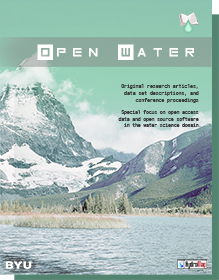Article Title
Abstract
Introduction: Seasonal weather variables are universal and can obviously affect different Salmonella sp populations’ dynamics in wastewater influencing their fluctuations.
Objectives: This work was conducted to create a predictive mathematical model for Salmonella spread, distribution and outbreak in local wastewater resources with understanding the mechanisms and impacts of seasonal environmental drivers.
Methods: Empirical models were developed to solve several biologically distinct mechanisms of Salmonella sp by which seasonality can impact their interactions, including seasonal changes in replication, distribution and mortality rates.
Results: Mathematical models and field observations show that the strength and mechanisms of seasonality can alter the spread and persistence of Salmonella sp, and that population-level responses can range from simple annual cycles to more complex multiyear fluctuations. From an applied perspective, understanding the timing and causes of seasonality offers important insights into how microbial populations interact, how and when Salmonella sp control measures should be applied, and how Salmonella different diseases and risks will respond to anthropogenic climate change and altered patterns of seasonality.
Conclusion: Finally, by focusing on well-studied examples of this infectious disease, we hope to highlight general insights that are relevant to other ecological interactions between microorganisms’ natural phenomena and variations in climate changes.
BYU ScholarsArchive Citation
Elshayeb, Ayman A.; Ahmed, Abdelazim A.; and EL-Hussien, Adil A.
(2015)
"Influence of seasonality on Salmonella concentration and dynamics in Khartoum wastewater stabilization station,"
Open Water Journal: Vol. 3:
Iss.
1, Article 21.
Available at:
https://scholarsarchive.byu.edu/openwater/vol3/iss1/21
